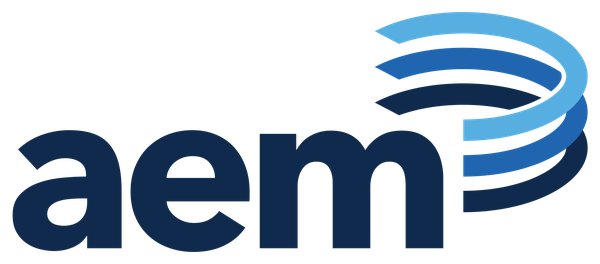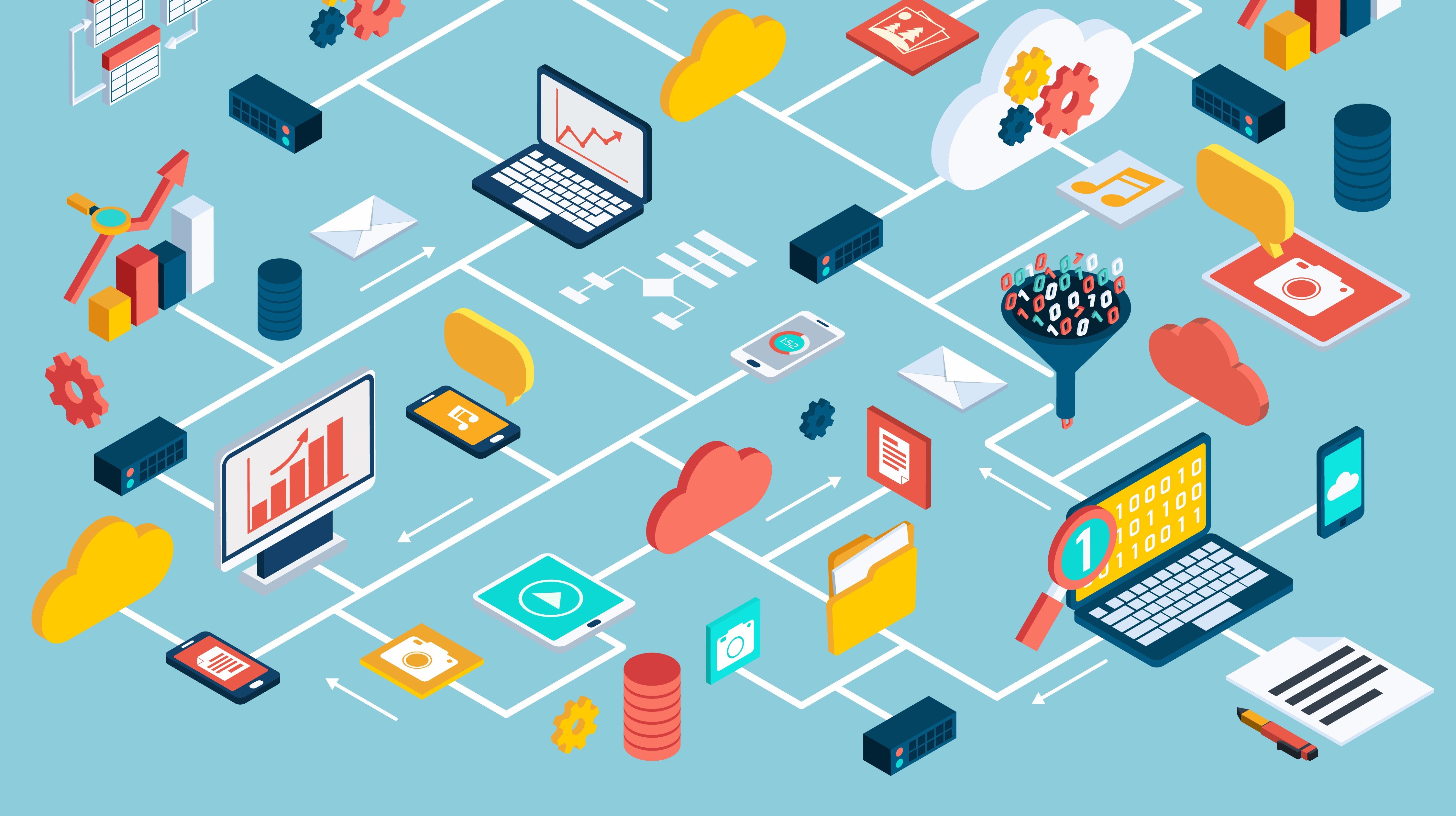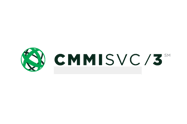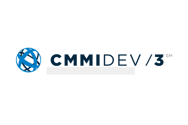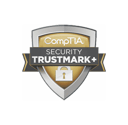However, I find that it’s rare for IT professionals to immediately name Oracle’s solution, despite the fact that Oracle has been in the cloud for more than a decade through Oracle On-Demand.
Oracle has strategically aligned and ensured availability of Oracle Software to its customer base by allowing the use of Oracle Software within other cloud service providers. In parallel, Oracle has developed its own cloud service for customers, providing cost effective options for organizations with a range of information technology expertise.
It can be overwhelming to talk about the cloud. There are many tool, requirement, and terminology differences among vendors. In this post, I discuss Oracle Cloud and attempt to demystify Oracle Cloud service offerings.
Understanding Data Regions
Oracle’s cloud solutions are set up in Data Regions, which directly correspond to Oracle Data Center locations. When selecting a region, it is important to pick the region that offers the service you are looking to purchase along with the closest proximity to the intended Oracle Cloud user community. Not all services are available in every region. .Sometimes, this is due to certain restrictions or guidelines.
Currently, there are four main geographical regions:
- North America
- Europe, Middle East, and Africa
- Asia Pacific
- Japan
Some regions have multiple data centers. In any case, the Platform as a Service (PaaS) and Infrastructure as a Service (IaaS) are mapped to the appropriate service list available in each region according to the Oracle Cloud website. Each cloud account can sign up for multiple regions to provide the required capability desired by the cloud solution.
What is IaaS?
Infrastructure as a Service (IaaS) allows you to move all on-premise traditional applications to hardware in an Oracle Data Center. In doing so, you get high performance and reliability along with a simplified cost structure and pricing that allows you to scale your applications based on growth.
On-premise data centers require an initial investment and also management responsibilities covering space allocation, maintenance, continuity of operations (COOP), power, software licensing, and security. They also require substantial manpower to support data center operations.
Through this approach, applications can be migrated to your IaaS environment safely in the cloud as long as your licensing and support for those applications permit doing so. IaaS has many different services available that also work together to provide a reliable and stable solution. These services include:
- Compute – Fully dedicated Bare Metal Instances or Graphics Processing Unit (GPU) Bare Metal Instances are offered. The compute serve as isolated single tenant hardware components that allows for complete control of the host. Another option is Virtual Machine Instances where you don’t need control of the full host. You can either choose from a preconfigured set of OS images or even bring your own Custom OS image, if preferred. Different configurations are available depending on your storage and latency requirements.
- Storage – Oracle Cloud Infrastructure (OCI) Object Storage provides unstructured data storage within buckets that provide elasticity for growth while allowing you to only pay for what you use. You can create unlimited buckets and are able to store unlimited objects within those buckets. Data Redundancy is provided automatically as multiple copies of an object is stored and spread across availability domains. Data integrity is monitored through the use of checksums with any loss of data redundancy being auto-detected and remediated. Server side encryption using AES256 is automatic as well providing protection for data at rest. OCI Block Volume is also available for storage sizes ranging from 50 Gigabytes to 2 Terabytes using NVMe-based Solid State Drives (SSD). OCI Block Volume also offers encrypted backups for increased security which are stored in object storage. A compute instance can have 32 volumes of OCI Block Volumes attached. OCI Archive Storage is available for infrequently accessed data that needs long-term retention. OCI Data Transfer Service is a data migration tool for uploading large amounts of data to OCI.
- Networking – OCI Virtual Cloud Network (VCN) is an integral piece of the OCI offering. When creating a Compute node, you will automatically be required to set up your networking for your instance. VCN is a single contiguous IPv4 CIDR block of choice that includes a private network, subnet, internet gateway, Dynamic Routing Gateway (DRG), route tables, security list, firewall rules, DHCP options and communications gateway.
- Governance – OCI Audit is enabled by default at no additional charge which records all API endpoint calls to deliver auditing service built in to your OCI environment. Audit records are not instant but are available typically within 15 minutes from the occurrence of the event which are stored in JavaScript Object Notation (JSON) format. OCI Identity and Access Management (IAM) is included and enabled by default at no additional charge. Users of your OCI can be created and maintained, while privilege management to your infrastructure resources can be managed all in one policy driven configurable component. OCI Tagging allows you to apply information or operational tags to resources within your OCI environment.
- Database – Oracle Database Cloud Service Bare Metal provides an on-demand pay-as-you-go database service on dedicated hardware with local NVMe storage. High and Dense I/O configurations are single instance databases. Two Node RAC configurations are available as well. Oracle Exadata Cloud Service Bare Metal provides the high performance engineered system capability available in quarter, half and full rack configurations.
- Load Balancing – This works alongside the OCI VPN to offer public IP address load balancing within or across multiple availability Domains. Provides High Availability to prevent single points of failure and easily managed using either the API or web console to add and remove applications nodes. Additional features such as SSL Offloading, Traffic Shaper, Multi-Layered Security are offered to provide additional security features to load balancing workloads.
- Edge Services – Oracle is currently offering OCI DNS services but also has email delivery coming soon.
- Containers – OCI Containers allow for container-based microservices and server-less applications to be built, deployed, and operate using open source tools. For those familiar with Docker, this is Oracle’s mechanism for containerization.
- Ravello – This allows you to bring your own VM setup on premise to ease the migration onto OCI hardware.
- Fast Connect – This is OCI’s offering to allow traffic not traversing the Internet.
What is PaaS?
Platform as a Service (PaaS) builds on top of IaaS offerings with a combination of integrated Oracle and open-source technologies. The different offerings include:
- Data Management Service
- Application Development
- Integration
- Business Analytics
- Security
- Management
- Content and Experience
PaaS is also offered on-premise for those organizations that have data and security guidelines that do not allow for off-premise cloud use. There are so many offerings within each cloud solution! Below is a high level overview of what is available in each:
- Data Management Services allow Database Options (including Bare Metal and Exadata options) along with Database Backup, Big Data (such as Apache Hadoop and Apache Spark NoSQL). Also, Big Data Cloud at Customer is available for on-premise implementations of Big Data Solutions which are managed by Oracle. Event Hub, MySQL, NoSQL Database, Data Hub and the latest new Autonomous Data Warehouse Cloud are all offerings covered under the Data Management Services umbrella.
- Application Development allows your business to develop Java applications, Application Containers, Mobile and Chatbots, Visual Builder, AI Platform, Blockchain, and Messaging. Application Development also has a Developer Platform that includes issue tracking, code versioning, wiki, agile-development tools and more. In addition, the Application Development offering has a collection of APIs delivering the most popular PaaS and Software as a Service (SaaS) applications.
- The Integration cloud offering is divided into Data, Application and Device Integration. Data Integration Platform Cloud (DIPC) includes not only Data Integration, but also Data Quality and Governance into a single solution. Data Integration provides Pushdown E-LT/ETL and Real-Time Data Replication capabilities found in Oracle Data Integrator and GoldenGate. Data Integration Platform Cloud (DIPC) simplifies application integration offering Oracle Integration Cloud, SaaS and On-Premises Integration, Process Automation, Visual Builder, Integration Analytics, API Platform, SOA, B2B, MTF and Self-Service Integration. DIPC also includes capabilities for connecting devices for supporting Internet of Things.
- Business Analytics provides a robust reporting capability in the form of Analytics Cloud, Business Intelligence, Big Data Discovery, Big Data Preparation, Data Visualization and Essbase.
- Security offers Cloud Access Security Broker (CASB), Identity, Security Monitoring and Analytics, and Configuration and Compliance to manage application access, provision user permissions, and maintain security standards for the enterprise.
- Oracle’s Management Cloud includes suites of cloud services that include Application Performance Monitoring, Infrastructure Monitoring, Log Analytics, Orchestration, IT Analytics, Configuration and Compliance, and Security Monitoring and Analytics for providing DevOps capabilities for building robust applications.
- Oracle’s Content and Experience Cloud solution provides a hub for content management and delivery including WebCenter Portal Cloud for a common interface across applications and DIVA Cloud for more media-centric solutions.
What is SaaS?
SaaS is complete software solution available within the cloud. There is a variety of applications available that allow companies to use products and services for their specific market without requiring on-premise hardware and software expertise. Some of those markets are:
- Customer Experience
- Human Capital Management
- Enterprise Resource Planning
- Supply Chain Management
- Enterprise Performance Management
- Internet of Things Applications
- SaaS Analytics
- Industry Solutions
- Deployment Options
Each market has a diverse set of tools and applications available to provide a solution for IT operations. The Cloud Marketplace for SaaS offers more than 4,300 different applications and approximately 180 service providers to help your business integrate your SaaS.
So, by this point, everyone wants to know about pricing. I’ll say this. In my experience, Oracle Cloud offers a competitive low-cost cloud where you only pay for those services that you use and some services are included automatically. Once you sign up for an Oracle Cloud account, you have access to all eligible IaaS and PaaS services. You can pay as you go or save money with the pay in advance for a locked in on an annual basis based on estimated monthly usage, which is called the Monthly Flex Plan.
To estimate your cost, Oracle has developed an online web based tool to assist in figuring out your cost for IaaS and PaaS. For SaaS pricing, you will need to contact an Oracle Sales Representative for an accurate quote.
As with other cloud service providers, there is so much information available online for Oracle Cloud that it can instantly become overwhelming for even some of the savviest tech individuals. Hopefully, this overview helps you to understand Oracle Cloud basics. If you have any further questions, my team or I would be happy to hear from you.
